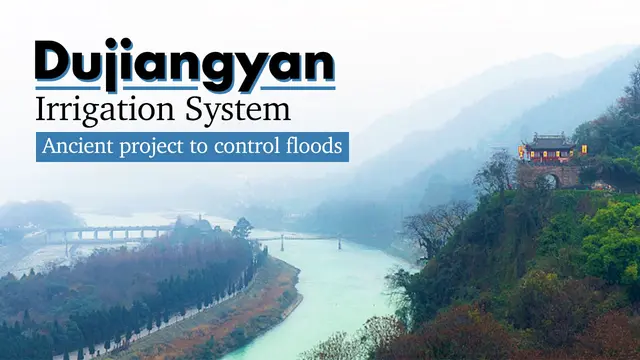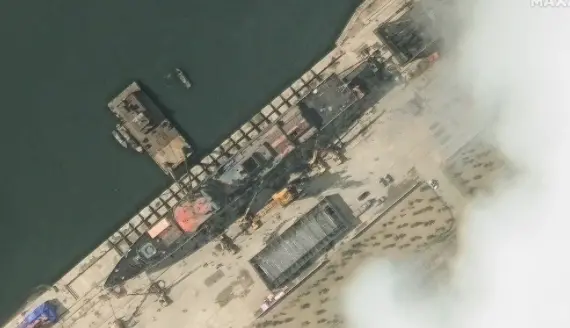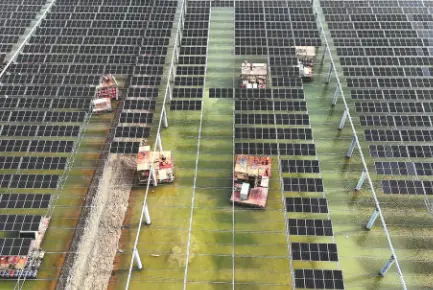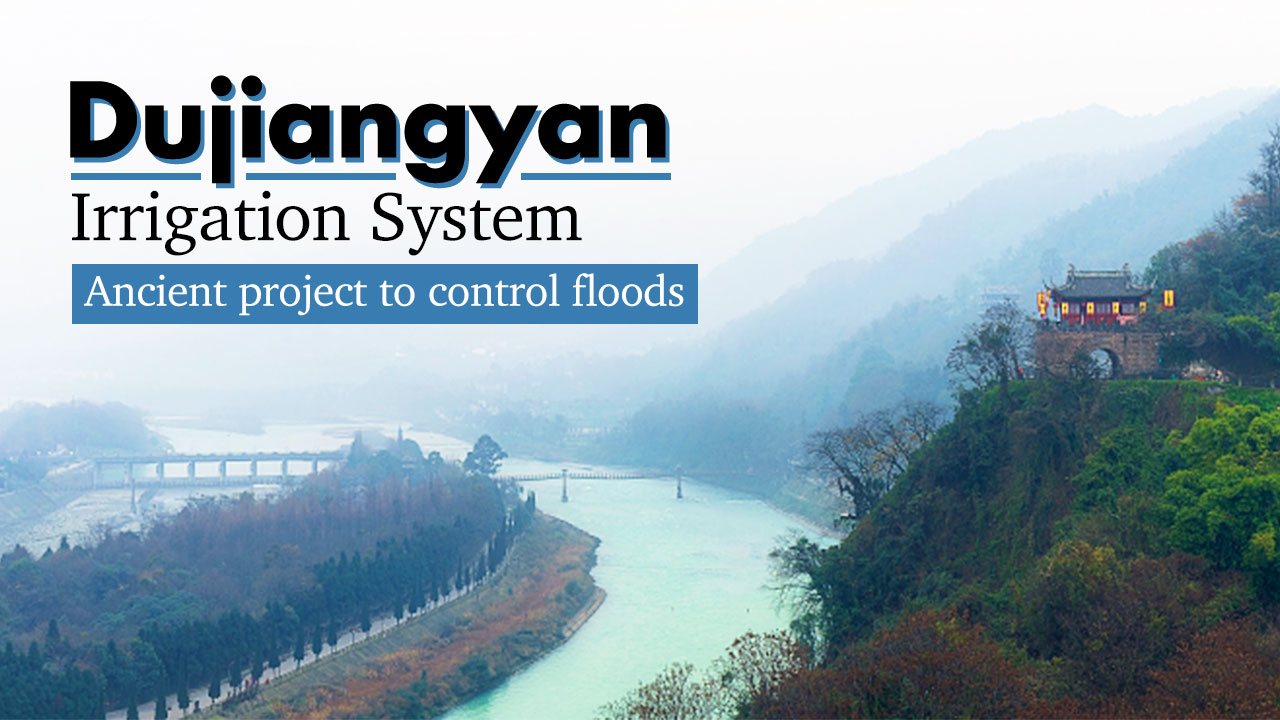
A heavy rainstorm hits Leshan, Sichuan Province and the Minjiang River's water level at the Leshan section is now above the warning line.
It isn't just Leshan City; many parts of Sichuan Province are suffering from floods, but Dujiangyan, also located along the Minjiang River, survived unscathed. The ancient irrigation system constructed about 2,000 years ago still works today.
The Dujiangyan Irrigation System is located on the Chengdu Plain of the Minjiang River and it is one of the oldest irrigation systems in the world. With a history of over 2,000 years, its continuous function has turned it into a living relic, benefitting people living on the Chengdu Plain and making many believe that it is actually a greater architectural miracle than the Great Wall.
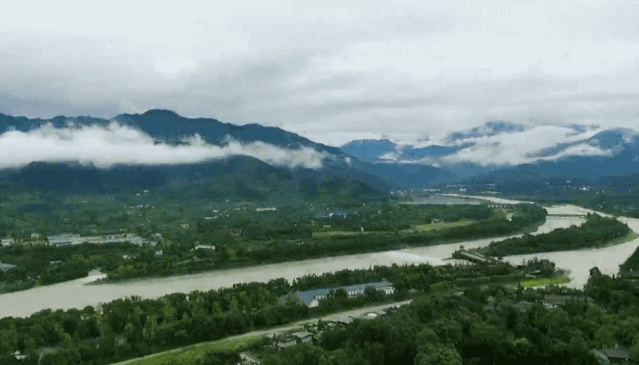
Dujiangyan Irrigation System. /Doujiangyan offcial Weibo
Why was this huge project built? In the "Record of the Grand Historian" (Shiji) by Sima Qian, we find the answer.
There are three main reasons for Dujiangyan. First of all is flood control, second is to provide a stable strategic rear base for the national reunification, and also for the development of water transport routes.
Li Bing, governor of Shu for the state of Qin, and his son lead the construction. Instead of building a dam, they harnessed the river using a new method at that time: dividing the water.
There are three main parts of the construction: The Yuzui (Fish Mouth Levee), the Feishayan (Flying Sand Weir) and the Baopingkou (Bottle-Neck Channel). Each has a different, indispensable function.
The first Minjiang River barrier is Yuzui. It was built at the bend of the river, where the surging water is divided into the inner and outer rivers by the "dikes". The lateral canal drains the flood and the inner canal flows into the Chengdu Plain through Baopingkou.

Dujiangyan Irrigation System. /Doujiangyan offcial Weibo
The water that runs through Yuzui is less turbulent, but it still carries a lot of sand, and that's when Feishayan works. The weir has a opening that connects the inner and outer streams which allows the swirling flow to drain out excess water. Every year, the river workers clean the sand up, which effectively prevents the silting of the river from breaking its banks.
The place where Baopingkou locates was Yulei Mountain. It took Li Bing and his team eight years to chisel the stone wall open to form the constant width for a thousand years. It was named Baopingkou (Bottle-Neck Channel) because of its shape.
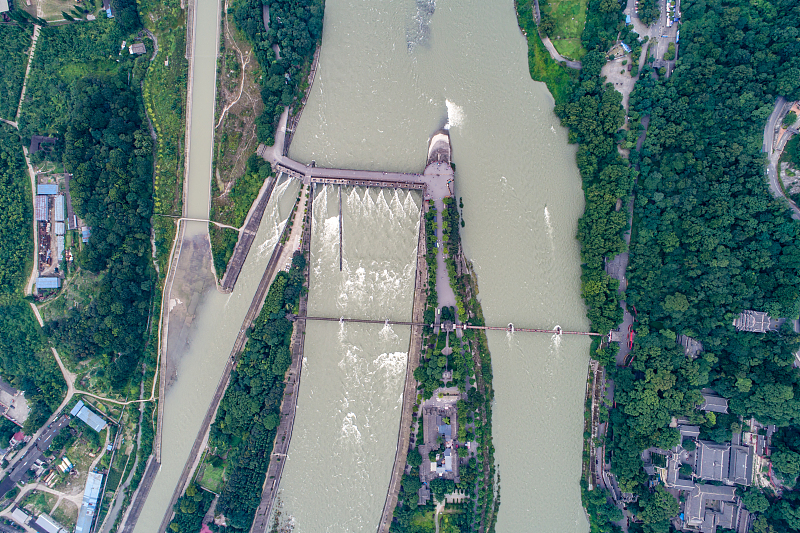
Dujiangyan Irrigation System. /CFP
The purpose of Baopingkou was to divert and irrigate the water entering the Chengdu plain. If a large amount of water was blocked by the Baopingkou during the flood period, the water level would rise. When the water level exceeded a certain level, the drainage channel behind the Feishayan weir would be discharged to the outer river to achieve the secondary flood discharge.
Every design in the Dujiangyan irrigation system takes full advantage of the local environmental characteristics. It takes advantages of nature instead of conquering it by means of human intervention with minimal impact.
(Top image designed by Li Wenyi.)
 简体中文
简体中文

